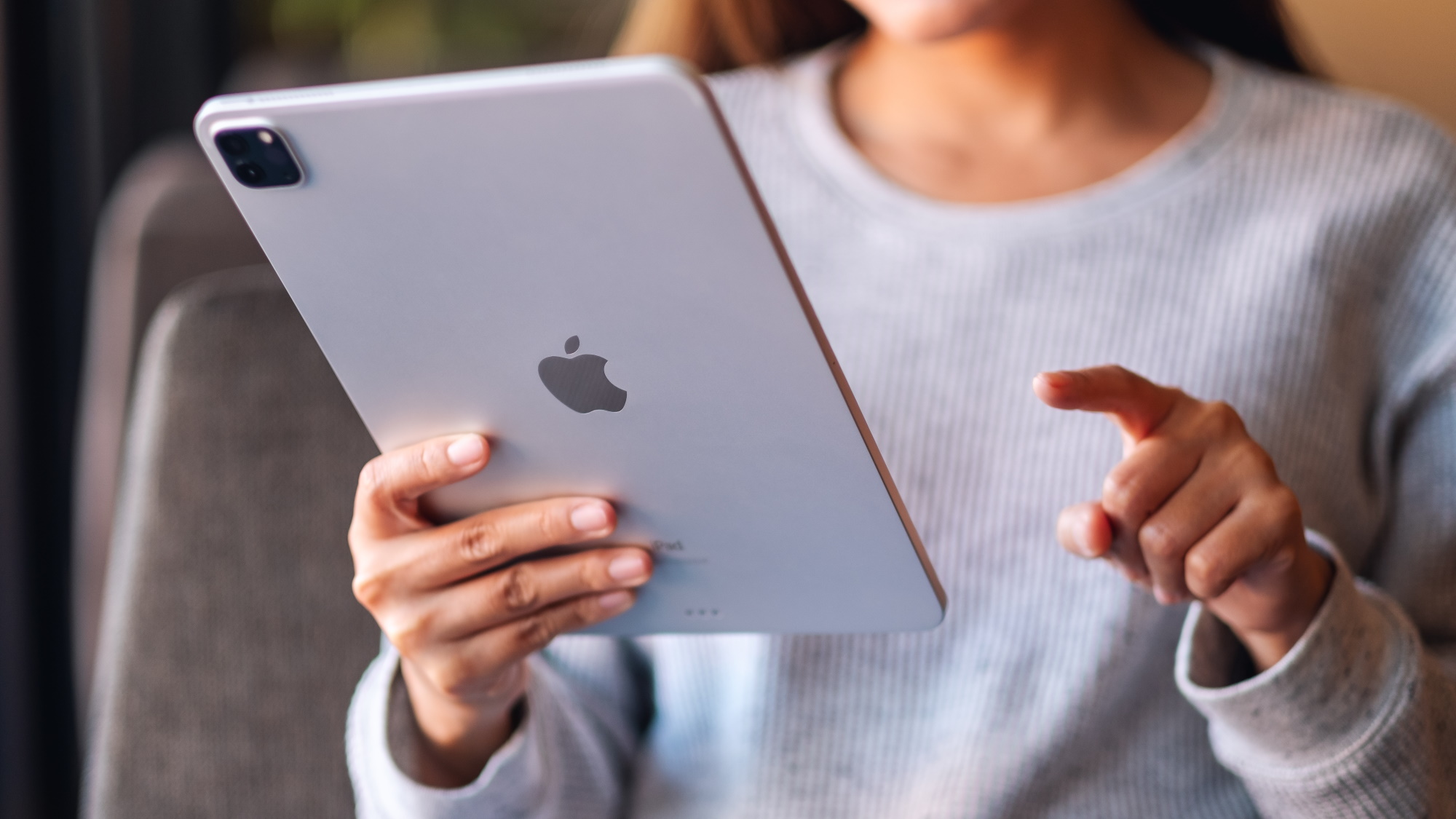
At the start of 2010 Steve Jobs introduced us to the first iPad, and ever since the company hasn't really skipped a beat, expanding the line to include two premium tiers in the shape of the iPad Air and iPad Pro families, along with the iPad Mini, and all the while defining and dominating the wider tablet market.
With many of the best iPads also serving as some of the best tablets outright, Apple appears to be resting on its laurels this year – a notion reinforced by the total absence of any new iPads in 2023, with this year being part of the second-longest dry spell in the famed tablet's history.
The silver lining for fans, however, is that a lack of new tablet hardware right now sets the stage for a refreshed iPad lineup in 2024 – a refresh that feels long overdue. Here's why...
The current state of the iPad
While – going by the company's most recent financial results – there's no questioning Apple's ability to attract and maintain a loyal base of iPad users, it's clear that the numbers aren't where they're meant to be, with iPad revenue more than 10% lower compared to the same quarter last year, based on Apple's own reporting.
The obvious reason for this comparative slump is the absence of new hardware, with the release of iPadOS 17 and a new Apple Pencil with integrated USB-C charging doing little to attract newcomers and upgraders alike. At the same time, navigating the current assortment of Apple slates and suitable accessories is an undeniably convoluted and confusing experience, especially when trying to discern which blend of features, design, and power might best suit your needs.
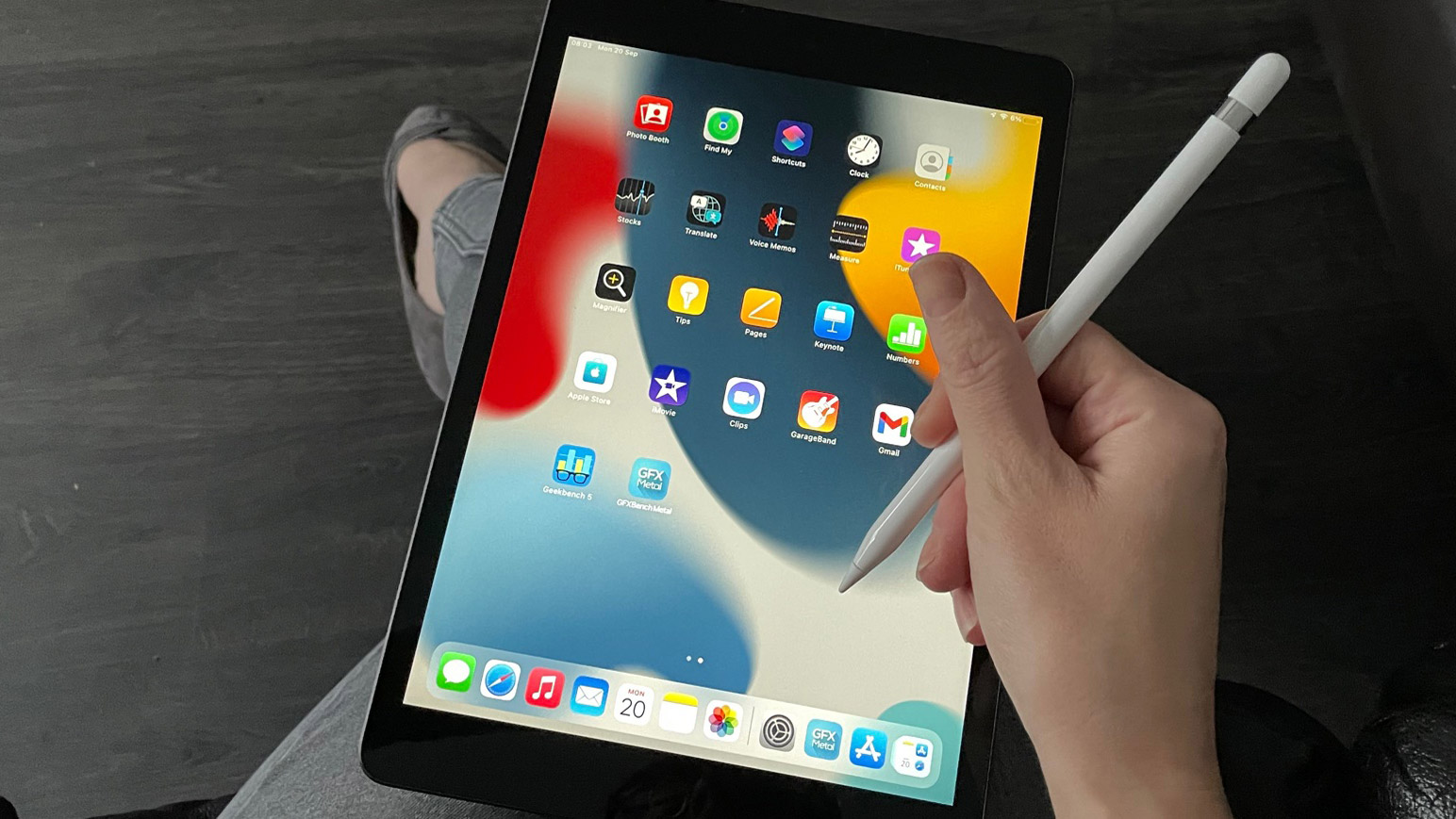
Firstly, there's the standard iPad. Apple still sells the ninth-generation iPad that it introduced in late 2021, which runs on the oldest chipset of the entire iPad lineup – the same A13 SoC found in the iPhone 11 series that launched two years prior. The design is also dated, with a front-facing circular home button with Touch ID, and thick bezels surrounding a 10.2-inch display, it relies on Apple's aging Lightning port (the only iPad still to do so), and it's only compatible with the first-generation Apple Pencil.
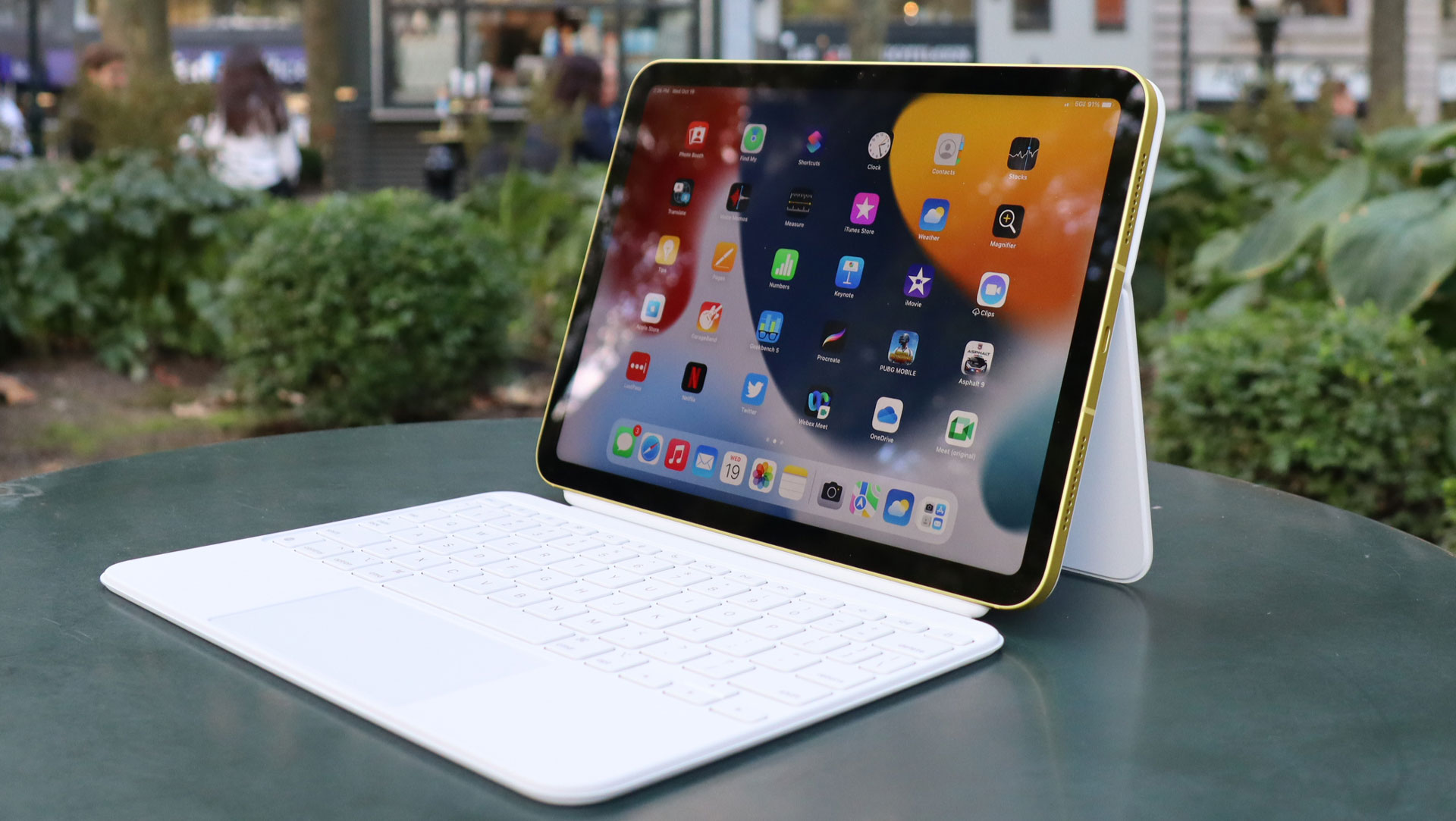
Then there's the 10th-gen iPad, which was introduced in late 2022, and is the only model out of the entire series with a landscape-first orientation (which could be a sign of things to come). It sports a larger 10.9-inch display with a straight-sided design and thinner bezels, plus more up-to-date USB-C connectivity in place of Lightning, and a top button with Touch ID. It has a generation-newer Apple A14 chip at its heart, and also supports the first-generation Apple Pencil, but also the new Apple Pencil with USB-C (although, while we're here, this latest stylus actually lacks the pressure sensitivity of its older siblings).
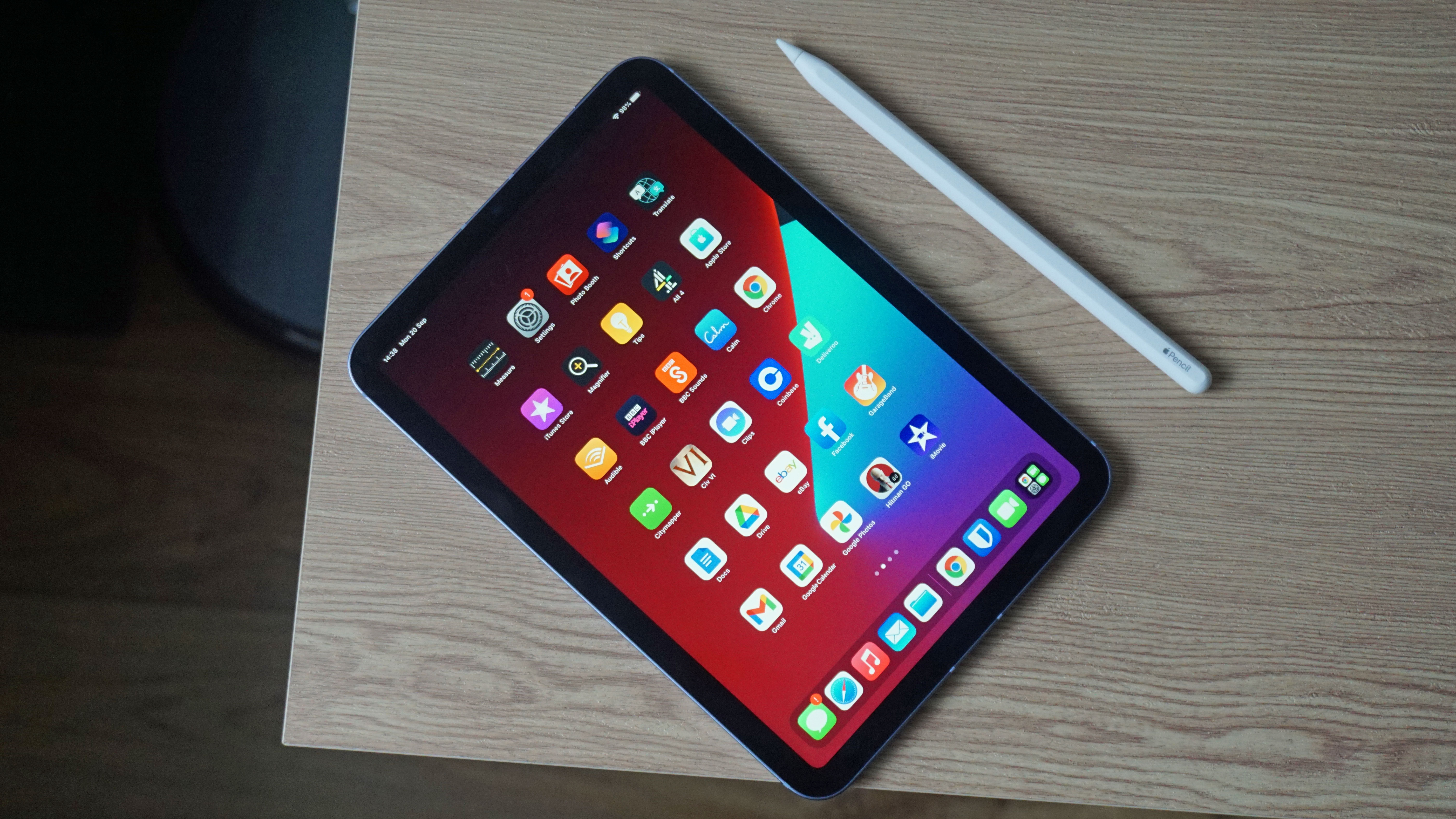
Before getting to the Air, there's also the sixth-generation iPad mini to consider too, which came out the same year as the ninth-generation iPad, but boasts an aesthetic closer to that of the 10th-gen iPad, and runs on a newer-still A15 SoC. Packed into a body with an 8.3-inch display you'll also find USB-C, second-gen Apple Pencil support, and a top button with Touch ID.
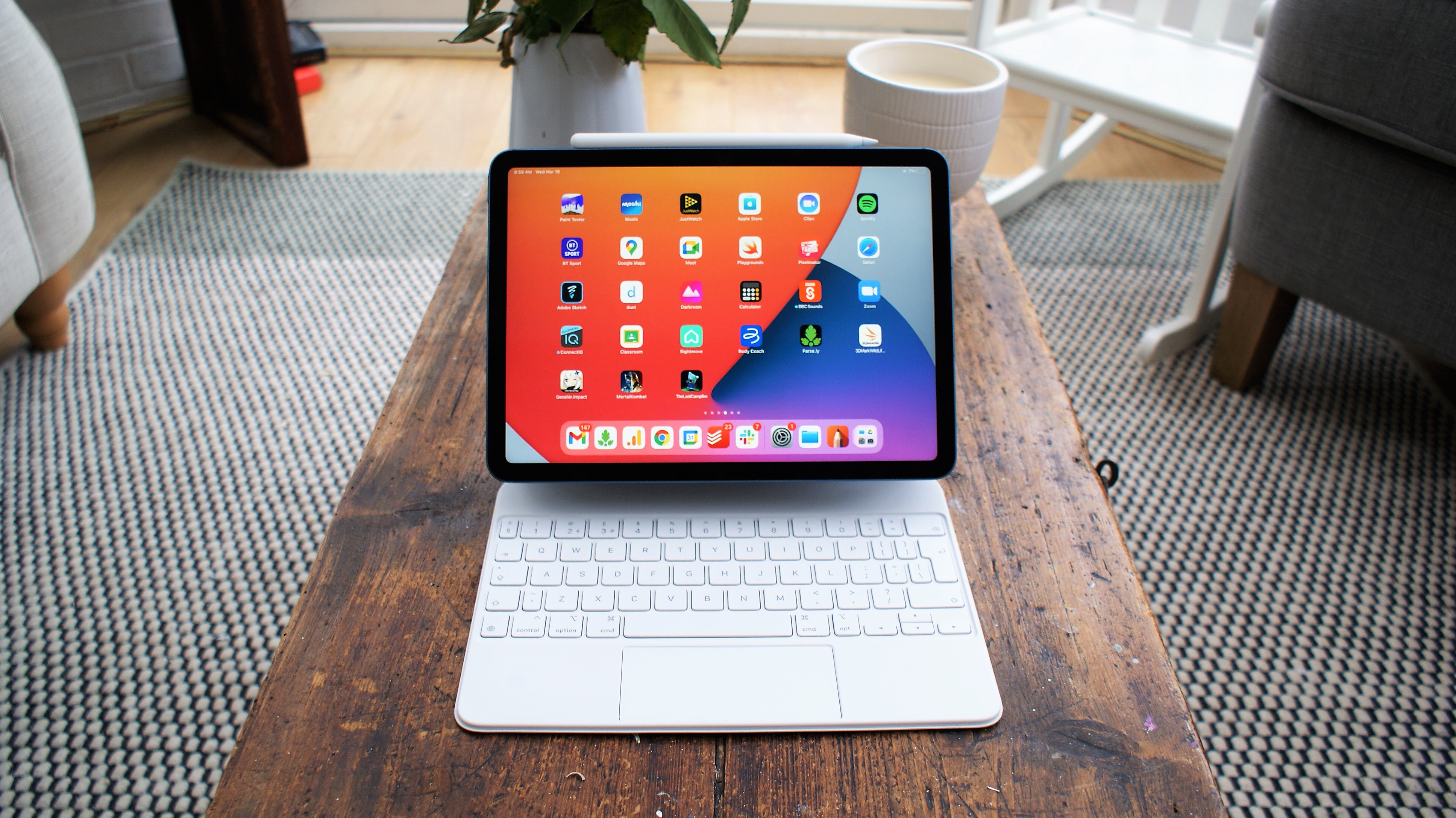
Now we're onto the Air. Take the 10th-gen iPad – complete with USB-C and a top button with Touch ID – bump up the color accuracy of the display, offer Apple Pencil 2 support, and make the jump to an M1 chipset that you'll also find in some of the company's Macs and you've got the 5th-gen iPad Air. It's otherwise the same size as the 10th-gen iPad, with similar aesthetics and a similarly-sized screen; you're getting more power, and it's better for creativity, but it's not quite as good as...
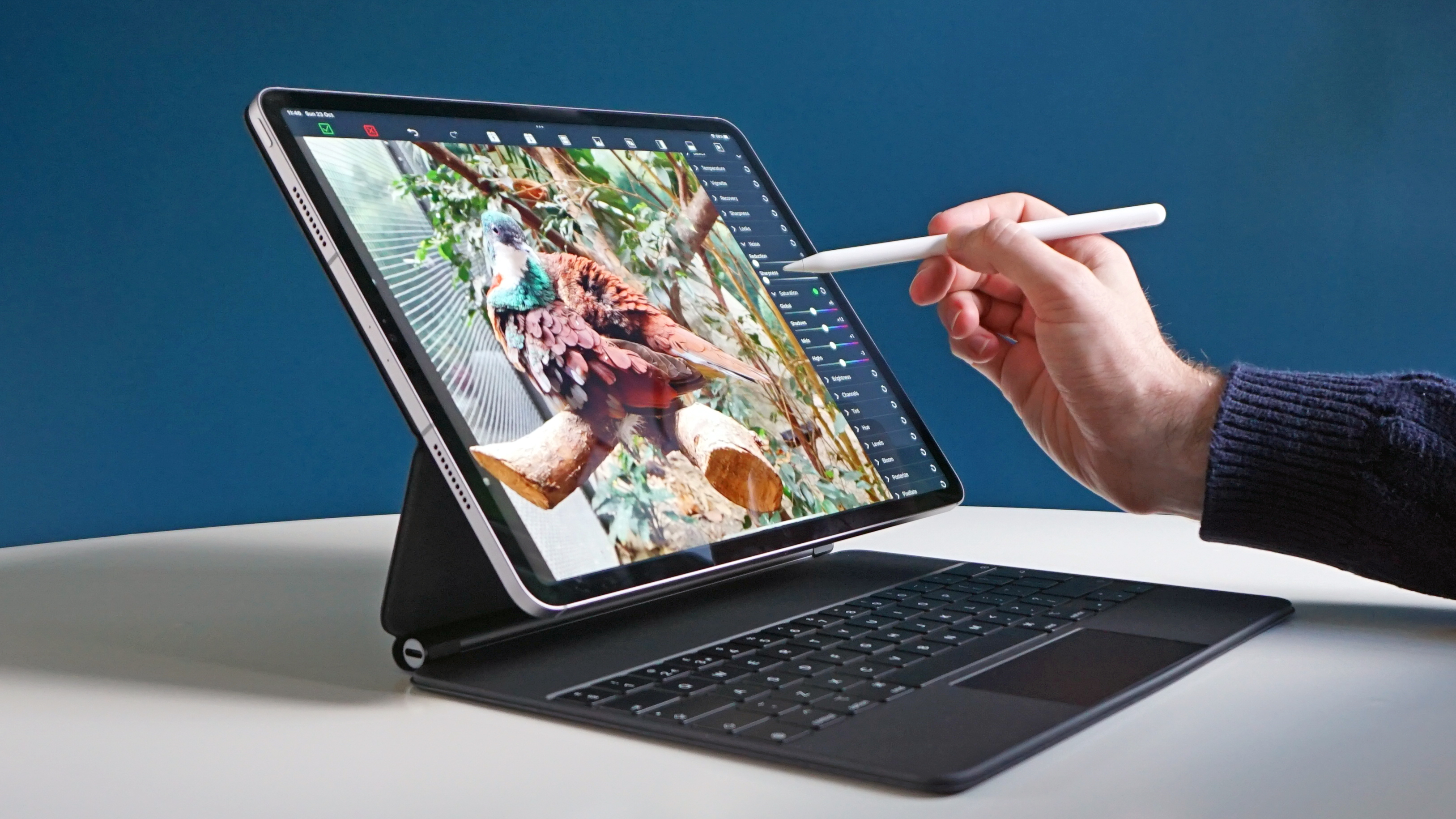
...the iPad Pro! There are two sizes of Pro (11-inch and 12.9-inch), both running on the same, more-powerful Apple M2 SoC, with the same USB-C connectivity, Apple Pencil 2 and Apple Pencil USB-C support (like the Air), Face ID instead of Touch ID, four speakers (rather than two), but with two different screen technologies: LED on the 11-inch model and mini-LED on the 12.9 slate.
While the broader tiers within the range are discernible, the nuance of whether you need to swing for an iPad with Apple Pencil 2 support, A-series or M-series performance, and which keyboard cover you need (Magic or Smart, Folio or no?) makes choosing between slates that vary by several hundred dollars or pounds a fraught endeavor, especially if you're not well versed in Apple vernacular.
Tidy up the tablets
Notable Bloomberg reporter Mark Gurman said in early November that Apple "plans to update its entire iPad lineup during 2024," but as for what that update looks like, we don't yet know. Given the multiplicity of features, screen sizes and processors buyers currently have to pick through, though, it certainly seems like there's room to streamline things.
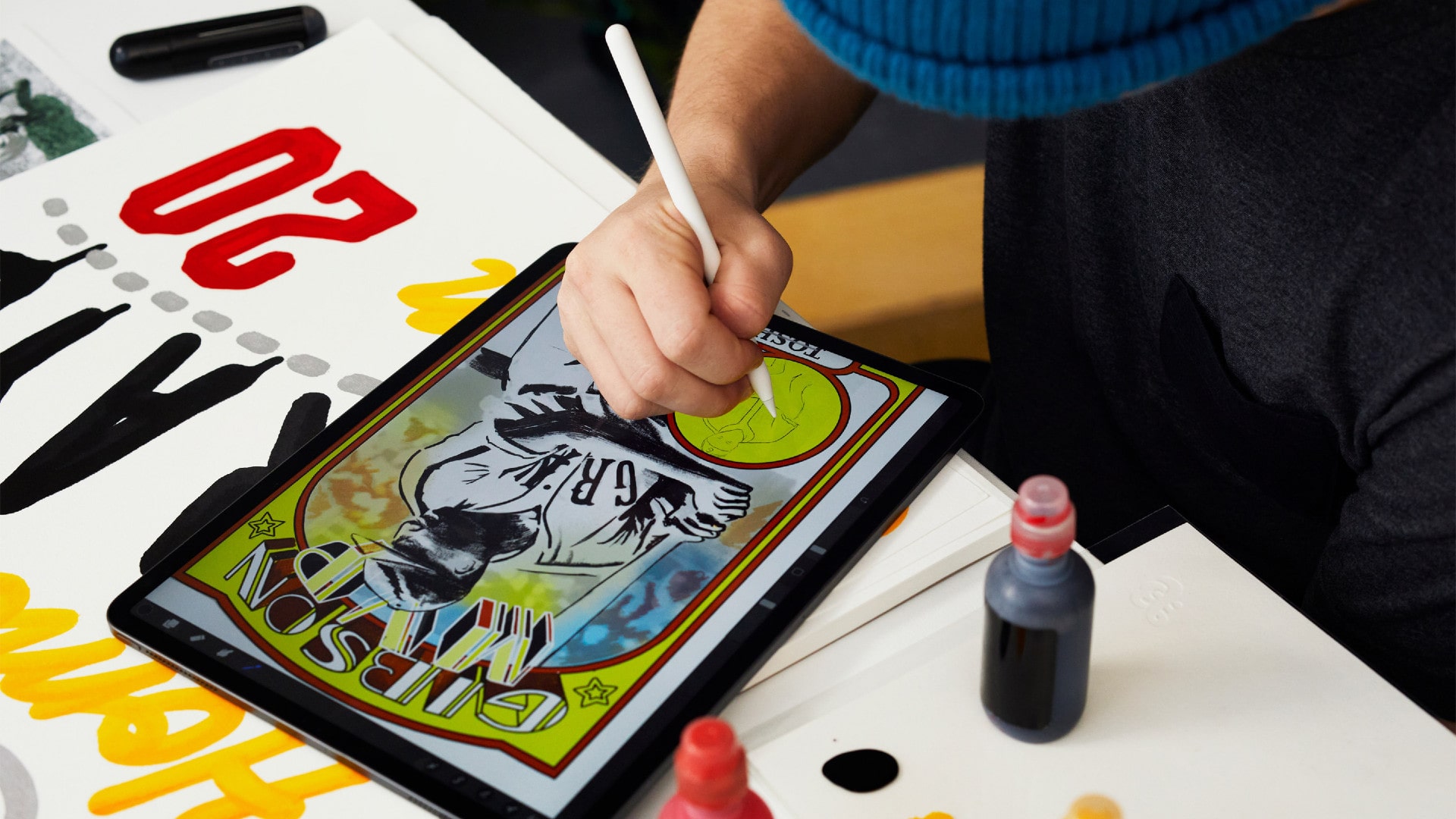
For starters, Apple should nix the 9th-gen iPad, leaving every model in the range up to date with USB-C. Next – and despite the recent release of the USB-C Apple Pencil – make the second-generation Apple Pencil the range-wide standard (and drop the price). Bring the entire range up to M-class chips, and remove the 11-inch Pro model from the roster while upsizing the Air to a full 11 inches to fill its spot, then rationalize those chips, with M1 for the mini and standard iPad, M2 for the Air and the latest Apple M3 for the now-sole 12.9-inch Pro.
Gurman has also already said that next year's iPad Pros will likely feature OLED displays too, meaning the mini-LED screen tech in the current top-tier Pro could also trickle down to next year's Air.
Collectively, these changes would give us four models in four discreet sizes with the same ports, same-generation Apple Pencil support, same design language and same class of chipsets. So long as the company offers just one Magic Keyboard for each model (ditching the Smart and Folio options entirely), that would present consumers with a markedly more approachable lineup to choose from.
A new focus for iPad?
When the iPad was first introduced, it promised to bridge the gap between phone and laptop, while also serving up a better web-browsing, email, photo-sharing, video-watching, listening, gaming and reading experience than either device – and to varying degrees it succeeded. But the ways in which we use all three of these products have evolved significantly since 2010.
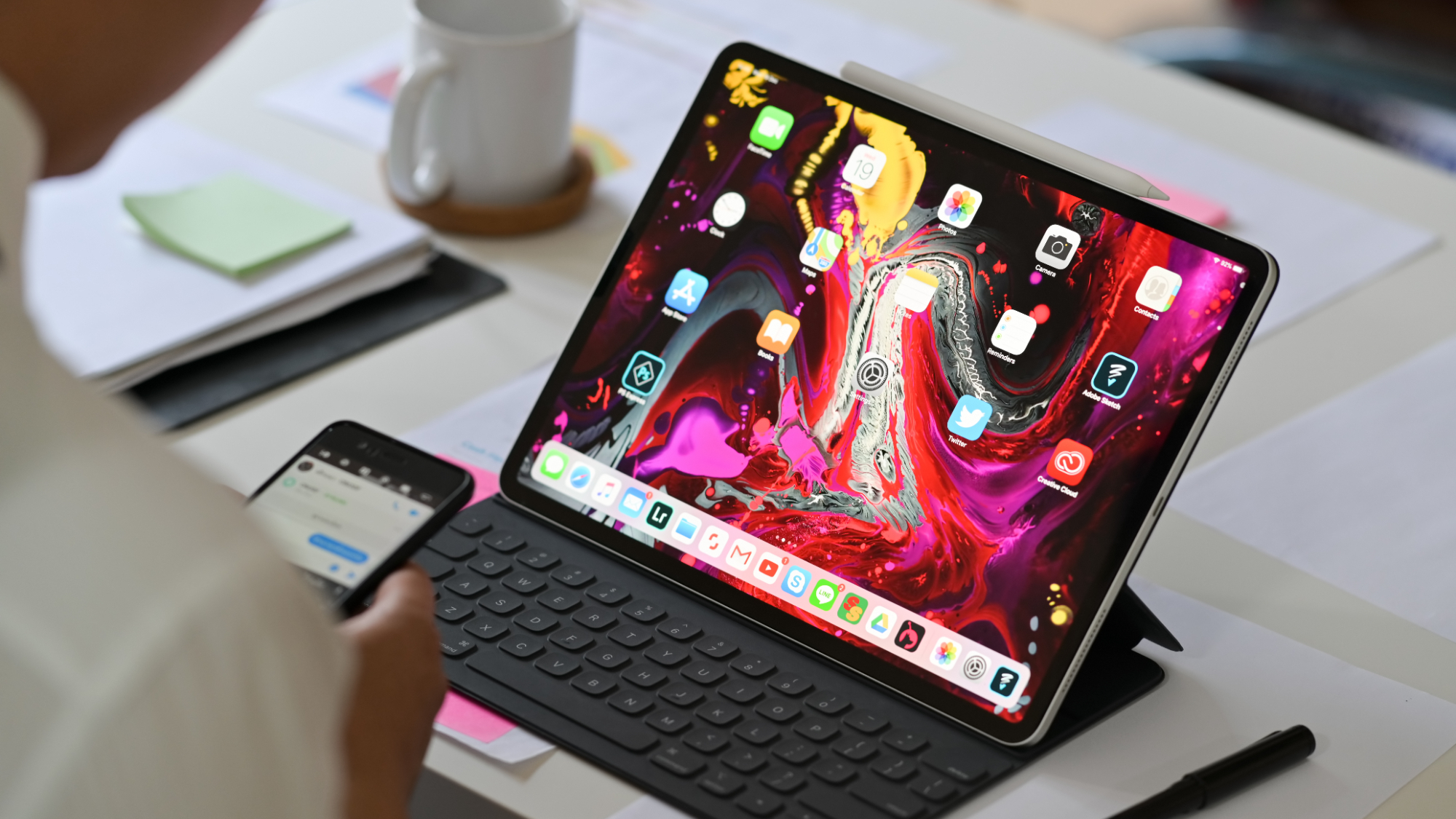
In the years since, the iPad has found its way into the hearts and minds of digital content creators – a subset of users that didn't really exist when the iPad first debuted – while at the same time it still struggles to convince as the true laptop replacement Apple has, on occasion, tried to market it as.
One long-neglected area that the company does now seem to be turning its attention to is gaming, and the iPad could well have a role to play. The A17 Pro was the first Apple silicon with hardware-accelerated ray tracing, which went hand-in-hand with the company's efforts to convince developers to port their AAA games – like Capcom's Resident Evil Village – over to the iPhone 15 Pro series (which runs on the A17 Pro).
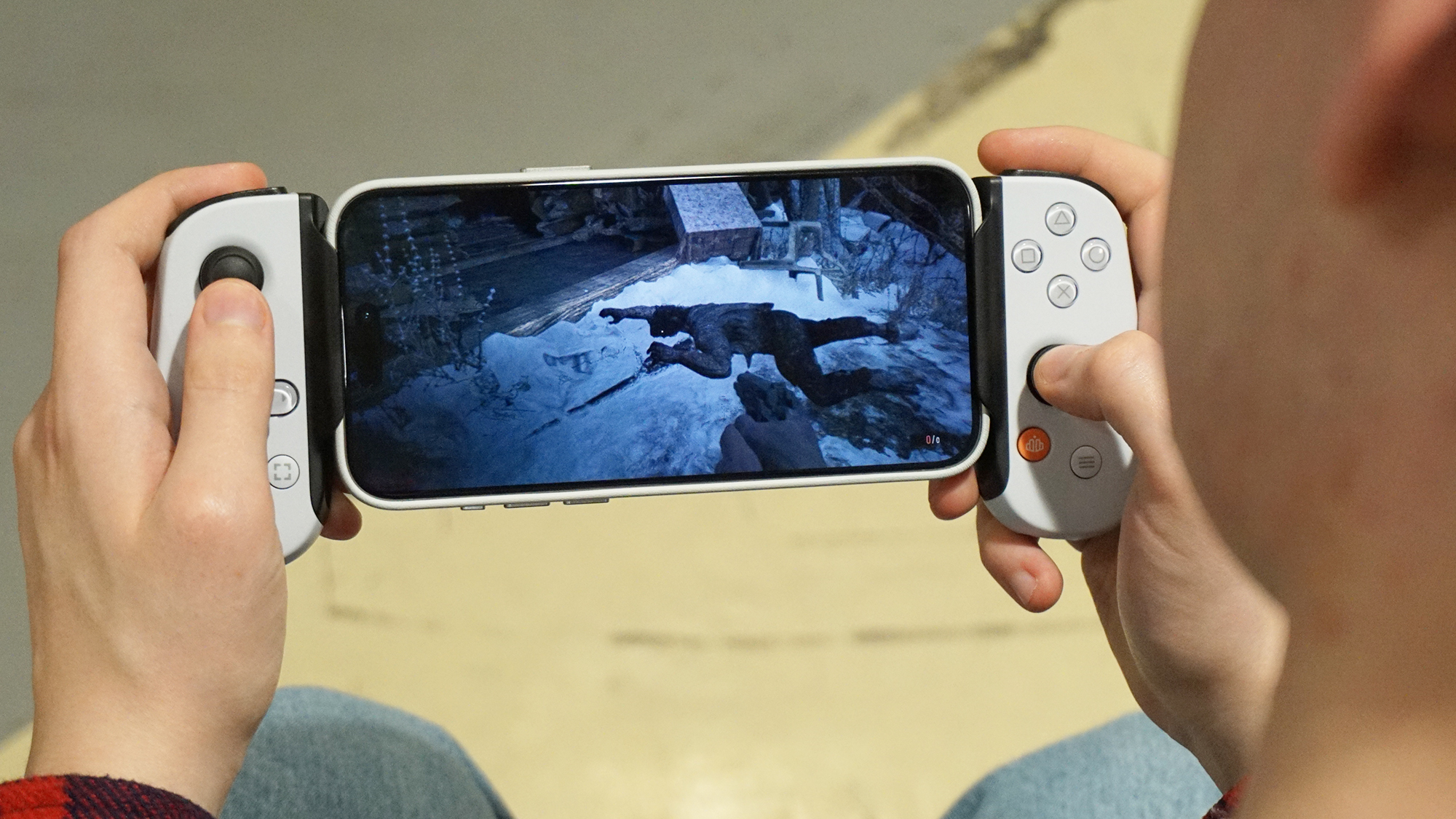
Apple has since introduced its M3 series chips, which share the A17 Pro's talent for hardware-accelerated ray tracing. While they currently reside solely inside Apple's latest MacBook Pros, there's already a precedent set of M-series chips making their way into iPads – and with the current iPad Pro already sporting M2 silicon, it stands to reason that M3 chips are headed to next year's Pros, and with them, more graphical grunt and tailored features that dovetail perfectly with gaming.
What's the competition up to?
The path that the iPad may take in 2024 remains open-ended, not only because Apple controls the narrative that the tablet market follows, but because, try as they might, the competition continues to feel like they're playing catch-up.
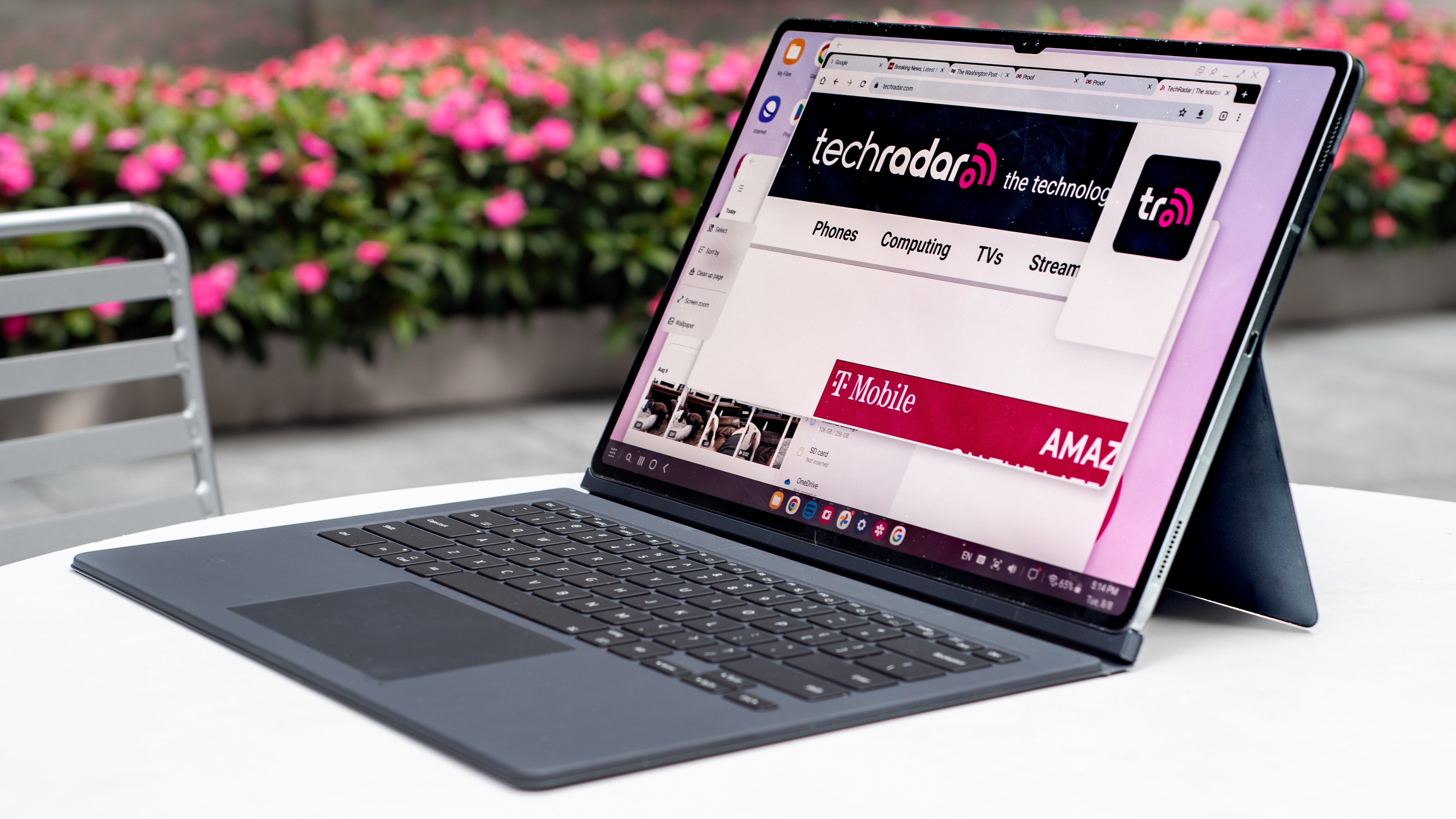
Even Samsung, Apple's most prominent iPad-rival maker, went 18 months before updating its flagship tablet line, launching its iPad Pro-rivaling Galaxy Tab S9 series in August and, more recently, the more modest Tab S9 FE.
We've also seen the likes of Xiaomi, Oppo, and even OnePlus entering the tablet space, the latter with the OnePlus Pad – applying a little additional pressure on Apple, but not so much that Apple seems to be worried. If it was, we'd have a new iPad already; instead, we're left wondering and waiting for what lies in store for Apple's famed slate next year.







